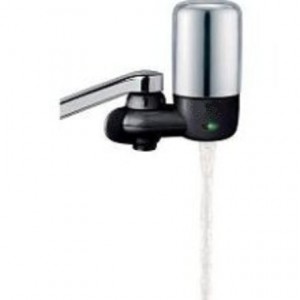25%-30% of the water usage in each household is from the toilet, and the average toilet uses 3.5 gallons of water per flush. In a different post we discuss the market of water saving toilets that use less water per flush, but here we talk of two ideas to reduce the amount of water your current toilet uses by placing either bricks or water bottles in the water tank.
How much water your toilet tank holds will dictate the size of or amount of void space you can include with either a brick or water bottle, and considering that the most efficient of toilets get as low as 1.5 gallons per flush, it is conceivable to fill 2 gallons worth of space (If you have the 3.5 tank). Having said that, it is advisable to test out your system a few times with different sizes to check the system is still efficient at passing on waste ![]()
This should be quite a simple task the costs nothing assuming you have an old brick lying around and can recycle a water bottle (a bit of sand or small rocks in the bottle will aid in sinking it) and can potentially reduce your water bill by 15%.
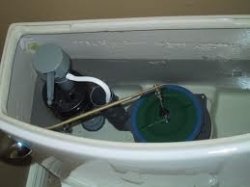
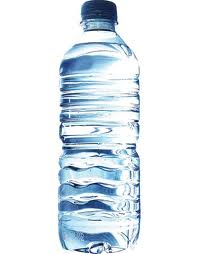
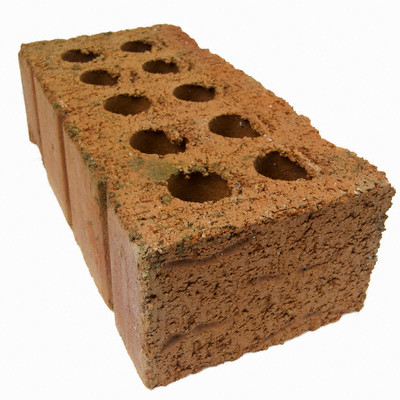
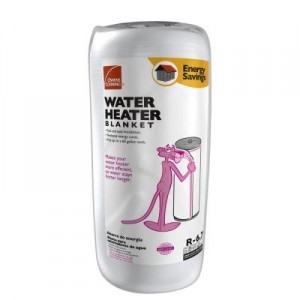

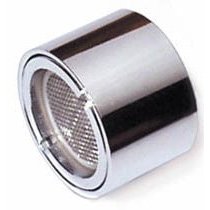
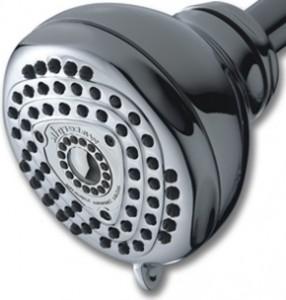
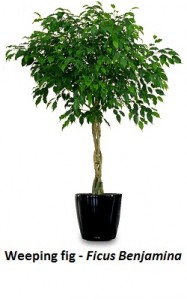
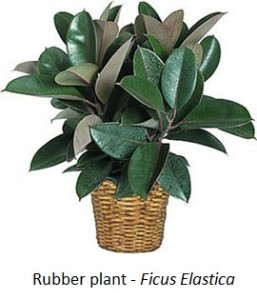
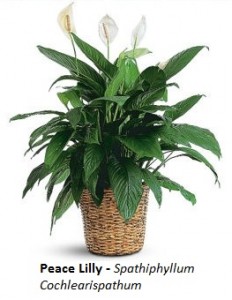
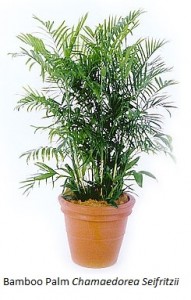
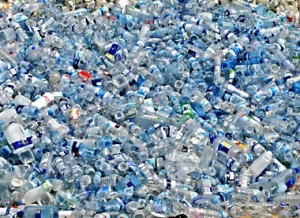 around 25% of that. The Bottled water industry has developed dramatically over the past 30 years and in that time come under huge scrutiny due to the negative environmental effects of packaging and transportation as well as the impacts of production through groundwater extraction.
around 25% of that. The Bottled water industry has developed dramatically over the past 30 years and in that time come under huge scrutiny due to the negative environmental effects of packaging and transportation as well as the impacts of production through groundwater extraction.
